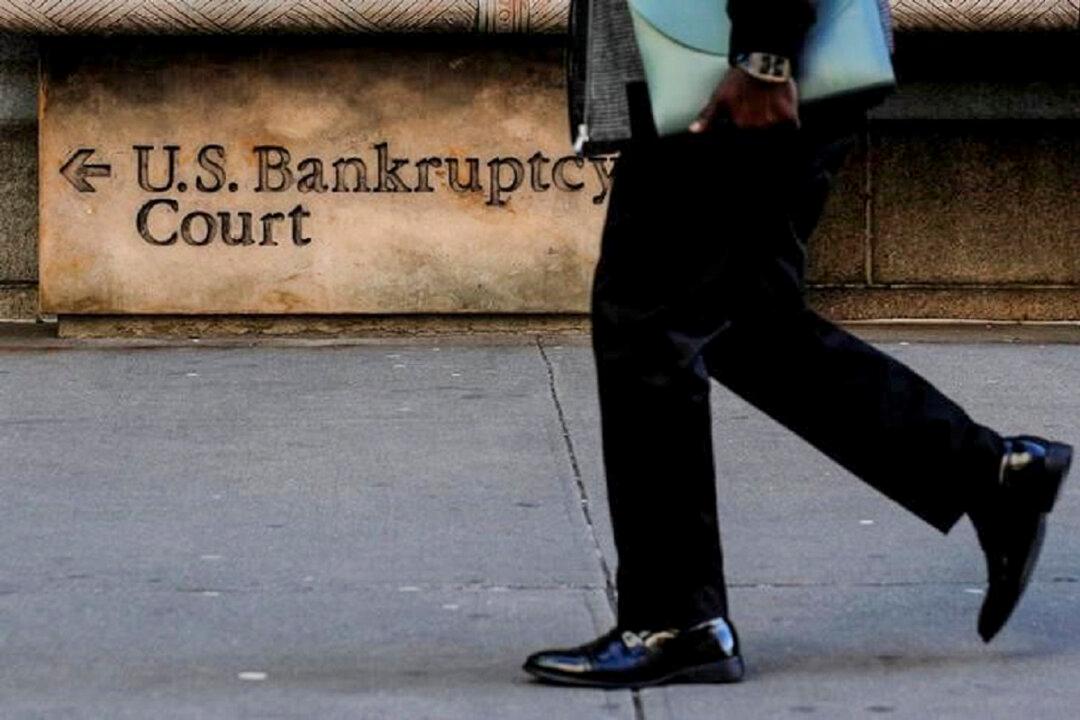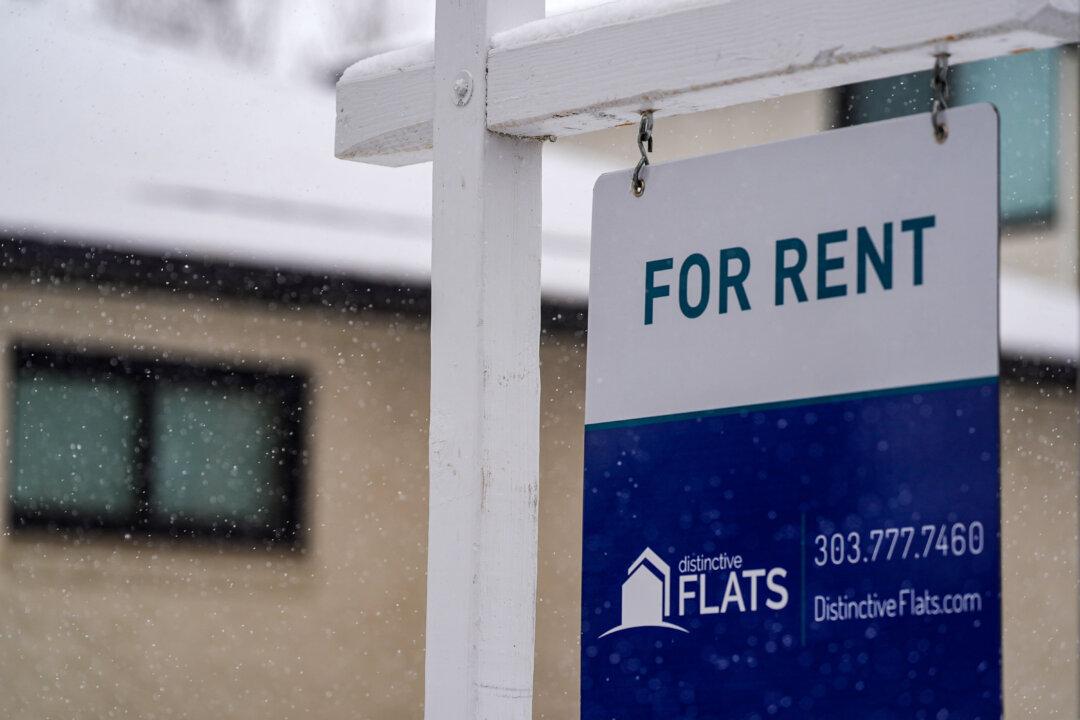Fabric and crafts retail company Jo-Ann Stores LLC., publicly known as Joann, has filed for bankruptcy for the second time in a year.
Gordon is a “stalking horse” bidder, referring to entities that set an initial bid on bankrupt company assets, thus protecting them from receiving unreasonably low bids. “The proposed transaction is subject to higher and better offers, among other conditions,” Jo-Ann Stores said. “The company continues to actively solicit alternate bids.” If there are qualified bids, Jo-Ann Stores will go ahead with auctions.
However, the company continued to face headwinds. “Unanticipated inventory challenges post-emergence, coupled with the prolonged impact of an excessively sluggish retail economy, put Jo-Ann Stores back into an untenable debt position,” the filing stated.
The company eventually decided to file Chapter 11 again. Jo-Ann Stores said its stores will remain open and will continue serving customers during the course of the bankruptcy proceedings. In addition, employees will continue to receive pay and benefits, it stated.
Prendergast said that after becoming a private company in April 2024, the management had implemented several measures to “manage costs and drive value.”
US Bankruptcies 2024
Jo-Ann Stores’ bankruptcy comes as U.S. corporate bankruptcies hit a 14-year annual high last year, according to a report by S&P.The company tracked 694 filings in 2024, with the previous high being 828 filings in 2010 during the aftermath of the Great Recession. Annual filings have risen for the past two years after dipping in 2022. S&P’s bankruptcy calculations only take into account large companies that meet certain asset and liability thresholds.
“Businesses continued to face pressure in 2024 from elevated interest rates, especially as total debt among credit-rated nonfinancial US companies reached a quarterly record of $8.453 trillion and interest coverage remained weak in the third quarter of the year,” the report stated.
Companies operating in the consumer discretionary sector filed the highest number of bankruptcies last year at 109, followed by industrials at 90, health care at 65, consumer staples at 42, information technology at 32, and financials at 26. The remaining five sectors tracked by S&P had filings below 20.
“The consumer discretionary sector has been particularly susceptible to economic headwinds, even with strong overall US retail sales activity, as consumer buying trends have shifted and budgets have tightened due to inflation,” the report stated.
Multiple brands filed for bankruptcy and shut down while others shuttered hundreds of stores. Some of the big companies that went bankrupt include The Container Store, Party City, 99 Cents Only, Bed Bath and Beyond, Conn’s, and Big Lots.
A key reason retailers faced challenges last year was financial stress in American households.
“While inflation moderated in 2024, consumer prices remained more than 20 percent higher than they had been three years ago. Basic goods like food, fuel, and household costs comprised an increasing share of American wallets, squeezing out discretionary spending,” Wilkerson wrote.







